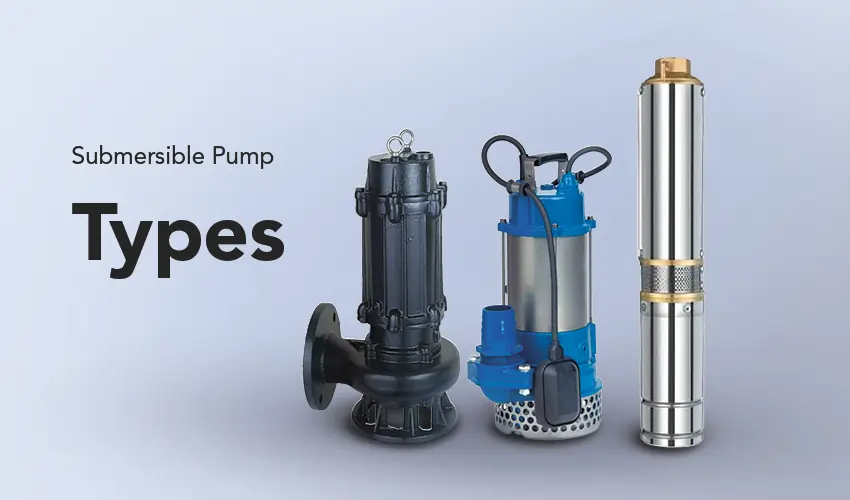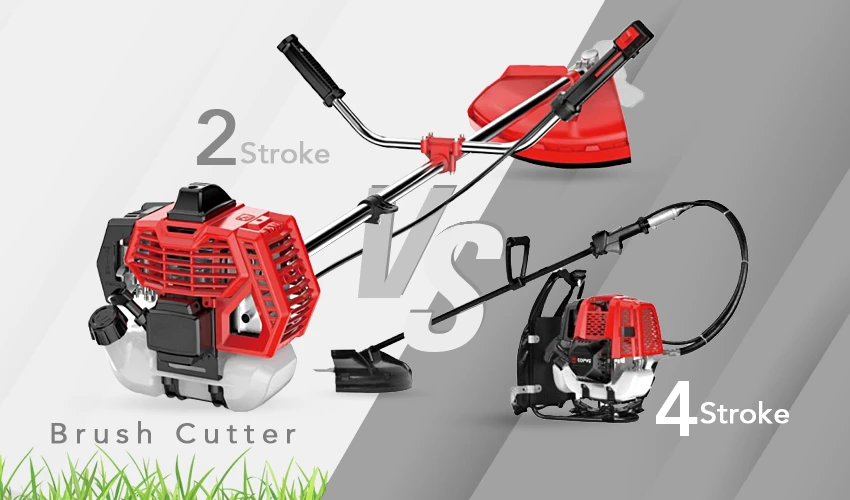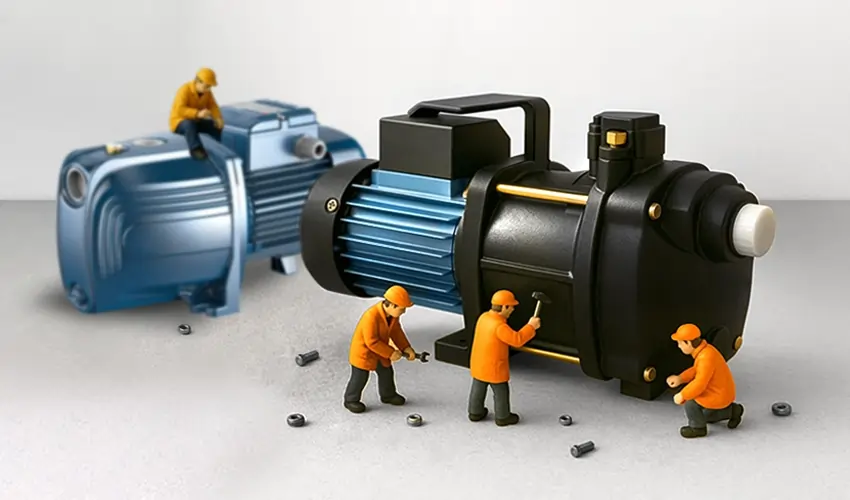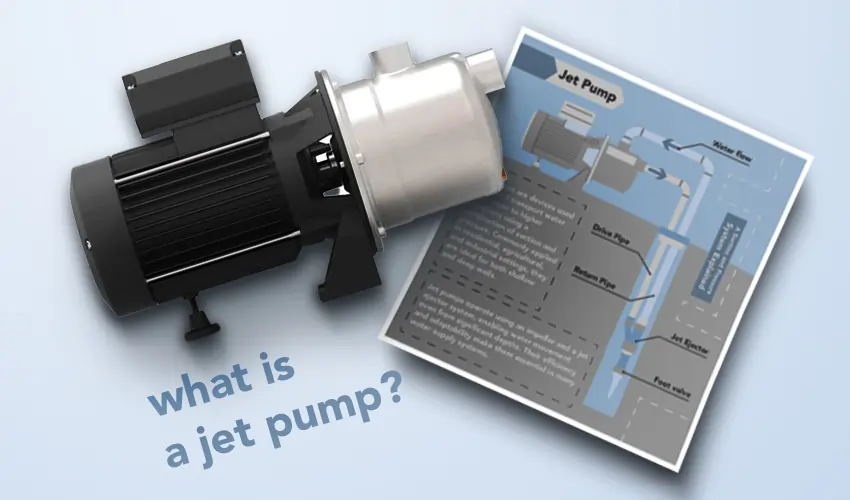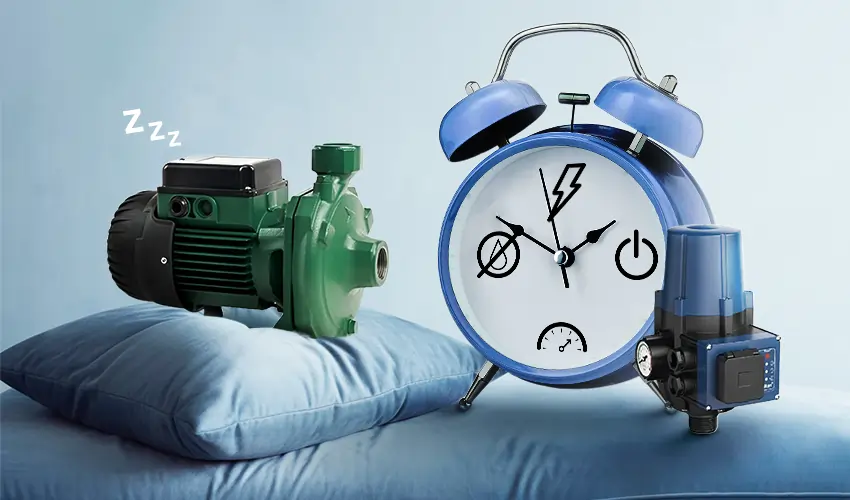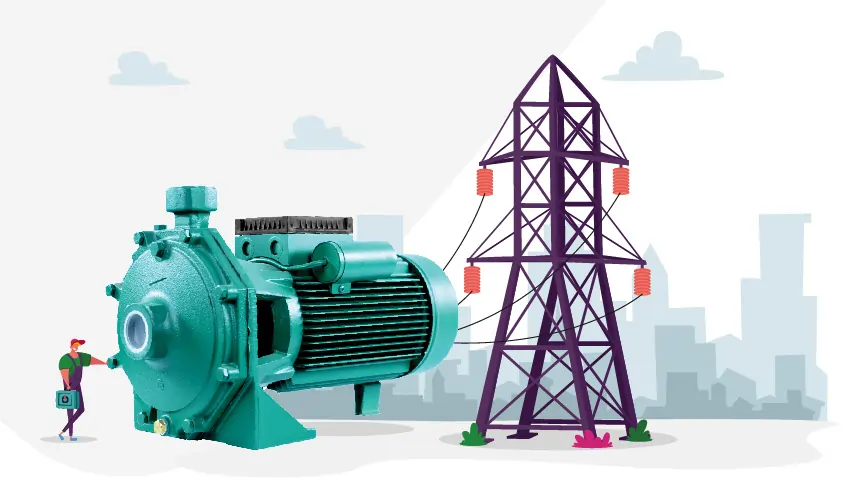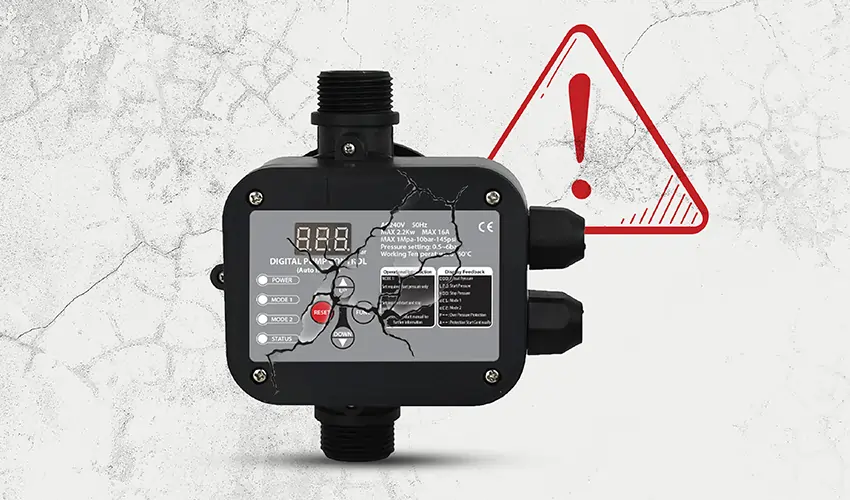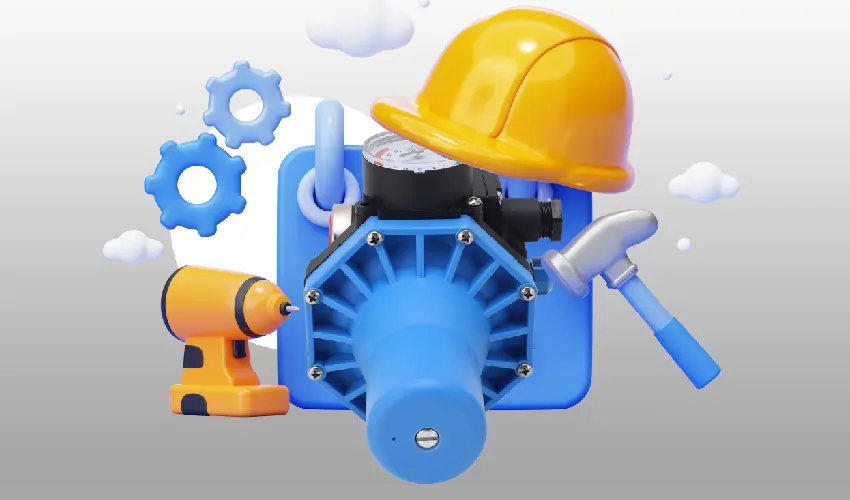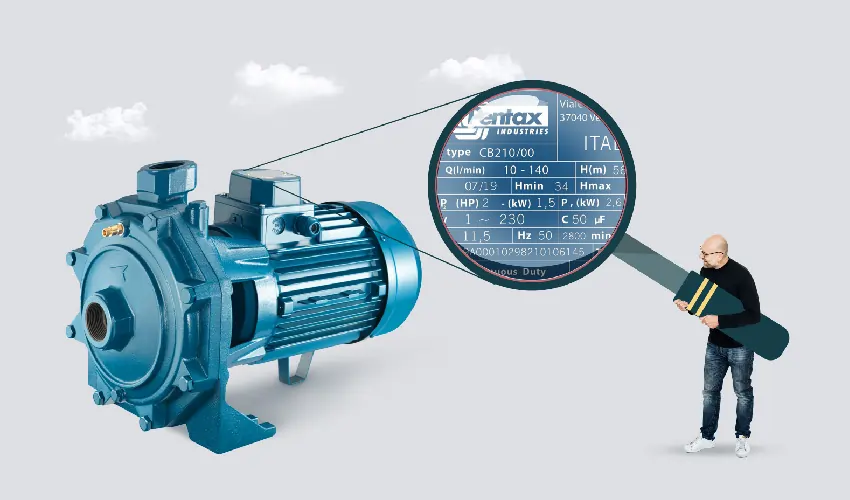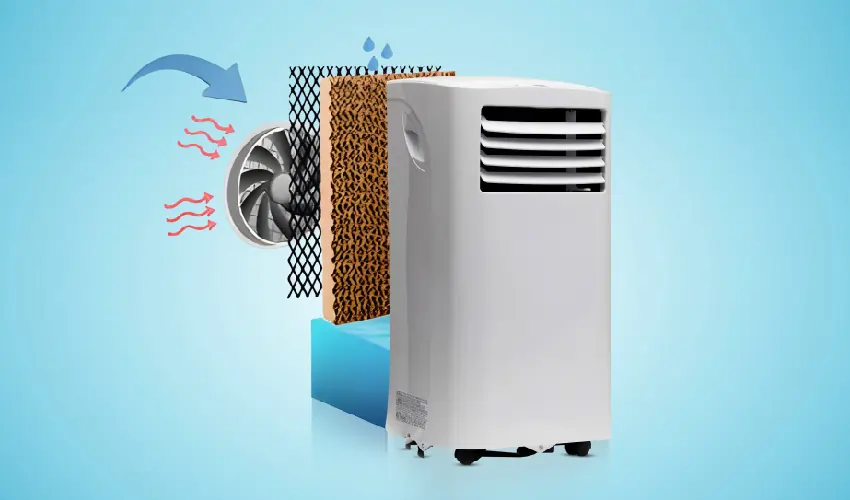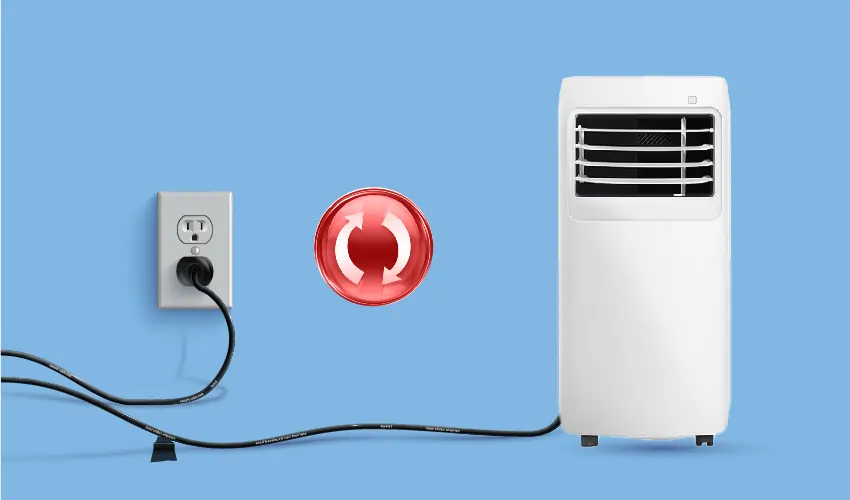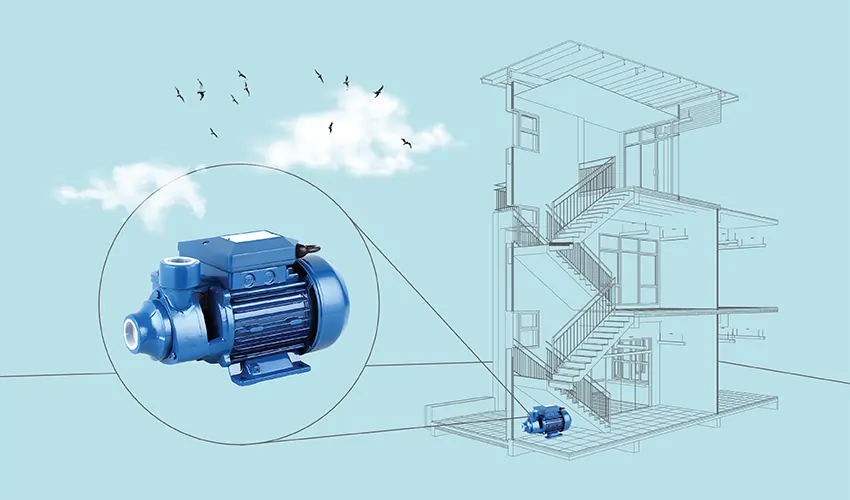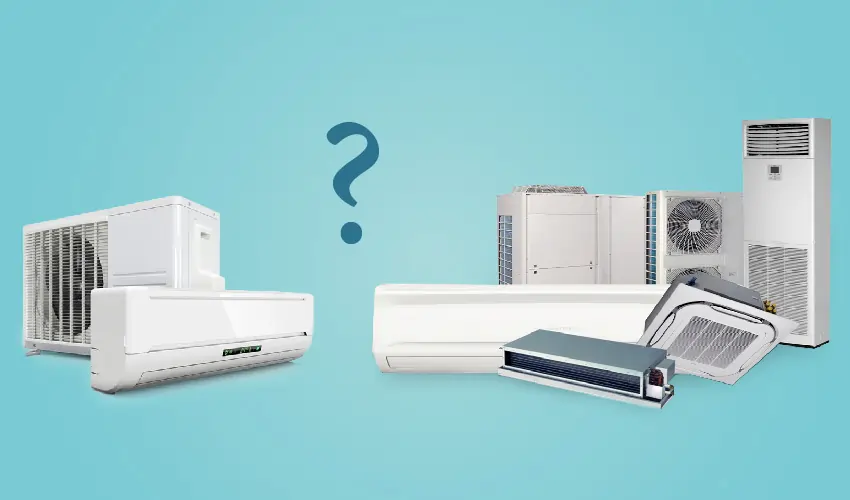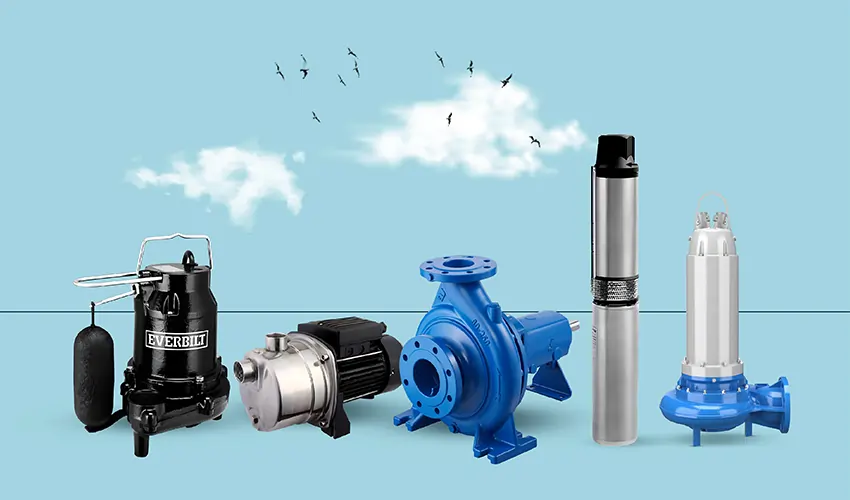Submersible Pump Types
A submersible pump is a type of pump designed to be fully submerged in liquid, typically water. We want to talk about Submersible pump kinds.
What are the Different Types of Submersible Pump?
Submersible pumps are designed to be fully submerged in liquid, typically water, and are commonly used for various applications including drainage, sewage pumping, irrigation, and more. There are several submersible pump types, each designed for specific purposes.
Here are some common types: Submersible pumps come in various types tailored to different applications:
- Centrifugal: Utilizes rotating impellers for water transfer and drainage.
- Mixed Flow: Combines axial and radial flow for high flow rates and moderate head requirements.
- Axial Flow: Provides high flow rates at low heads, ideal for flood control and irrigation.
- Screw: Uses rotating screw-shaped rotors for pumping viscous fluids or solids-laden liquids.
- Vortex: Prevents clogging by creating a whirlpool effect, suitable for sewage and wastewater.
- Diaphragm: Features a flexible diaphragm for isolating pumped liquids, commonly used in chemical dosing and groundwater sampling.
Introduction of Submersible Pump Types
Centrifugal Submersible Pump
Centrifugal submersible pumps are a powerful and versatile type of pump that combine the principles of centrifugal pumps with the design of submersible pumps. Here’s a breakdown:
- Centrifugal Pump
- Uses a rotating impeller to create centrifugal force, increasing the pressure of the fluid.
- Has various impeller designs for different flow rates and pressures.
- Generally not self-priming and requires the fluid to be readily available at the inlet.
- Submersible Pump
- Designed to operate underwater, completely submerged in the fluid being pumped.
- Hermetically sealed motor prevents water damage and allows for direct placement in the liquid.
- Can be vertical or horizontal depending on the design.
- Combining both
- Centrifugal submersible pumps merge these features, placing the centrifugal pump components directly within the submerged unit.
- Eliminates the need for external piping or priming, simplifying installation and operation.
- Offers a compact and efficient solution for various pumping applications.
- Key characteristics
- High efficiency: Due to the direct placement in the liquid, energy losses are minimized.
- Wide range of capacities: Available in various sizes and configurations to handle different flow rates and pressures.
- Versatility: Suitable for pumping clean water, wastewater, slurries, and even aggressive liquids depending on the pump materials.
- Durability: Designed for continuous operation in demanding environments.
- Applications
- Water supply and irrigation: From domestic wells to large-scale agricultural systems.
- Wastewater treatment: Transferring and handling effluent and sewage.
- Industrial processes: Various applications in chemical, mining, and other industries.
- Firefighting: High-pressure pumping for firefighting operations.
- Aquaculture: Maintaining water circulation and aeration in fish farms.
Mixed Flow Submersible Pump
Mixed flow submersible pumps combine the characteristics of centrifugal and axial flow pumps to offer a unique set of advantages for specific applications. Here’s a breakdown:
- Mixed Flow Design
- Impeller design blends features of both centrifugal and axial types.
- Centrifugal component provides pressure boost, while axial component increases flow rate.
- Achieves a balance between high flow and moderate head capabilities.
- Submersible Features
- Similar to centrifugal submersible pumps, operates completely submerged in the liquid.
- Sealed motor protects against water damage and allows direct placement in the fluid.
- Can be vertical or horizontal depending on the specific design.
- Key characteristics
- High flow rates: Offers significantly higher flow capacity compared to standard centrifugal pumps.
- Moderate head: Delivers sufficient pressure for various applications while maintaining good flow performance.
- Efficiency: Generally more efficient than centrifugal pumps for transferring large volumes over moderate distances.
- Compact size: Their design can be more compact than pure axial flow pumps for similar capacities.
- Applications
- flood control and drainage: Efficiently removing large volumes of water from flooded areas.
- Aquaculture and pond circulation: Maintaining water flow and oxygenation in large ponds and fish farms.
- Irrigation and water transfer: Moving large quantities of water for agricultural purposes.
- Industrial processes: Handling large volumes of liquids in various industrial settings.
- Power plant cooling: Circulating large volumes of water for cooling purposes.
Axial Flow Submersible Pump
Axial flow submersible pumps, also known as propeller pumps, are designed for high-volume, low-pressure applications.
Here’s a breakdown of their key features and how they differ from other pump types:
- Unique Design
- Propeller-like impeller: Rotates similar to a boat propeller, creating a pushing force on the water instead of centrifugal force.
- Streamlined casing: Allows water to flow smoothly through the pump with minimal resistance.
- Submersible integration: The entire pump unit operates underwater, directly submerged in the liquid.
- Key characteristics
- High flow rates: Can move large volumes of water efficiently, making them ideal for applications like flood control, pond circulation, and irrigation.
- Low head: Generate limited pressure compared to centrifugal pumps, not suitable for tasks requiring high pressure output.
- Compact size: Generally smaller than centrifugal pumps for similar flow capacities.
- Energy-efficient: Due to the streamlined design and direct placement in the liquid, they consume less energy compared to pumps with complex internal components.
- Applications
- Flood control and drainage: Quickly removing large amounts of water from flooded areas.
- Aquaculture and pond circulation: Maintaining water flow and oxygenation in large ponds and fish farms.
- Irrigation: Moving significant volumes of water across fields for agricultural purposes.
- Industrial processes: Handling large volumes of liquids with low-pressure requirements in various industries.
- Wastewater treatment: Transferring and circulating large volumes of wastewater.
Screw Submersible Pump
Screw submersible pumps offer a distinct approach to fluid transfer, relying on a rotating screw mechanism instead of impellers.
Here’s a breakdown of their unique features and how they compare to other submersible pumps:
- Working Principle
- A helical screw rotates within a fixed housing, progressively moving the fluid along its axis.
- This gentle, positive displacement action effectively transports liquids without churning or shearing them.
- Submersible design allows direct placement in the fluid, eliminating priming needs.
- Key characteristics
- Gentle handling: Ideal for pumping sensitive liquids like slurries, viscous fluids, and those containing solids or gases.
- Self-priming: Can start even when not completely submerged, making them versatile for diverse applications.
- High efficiency: Achieve good efficiency across a wide flow range, saving energy.
- Low pulsation: Produce minimal vibration and noise due to the continuous nature of fluid movement.
- Applications
- Waste water treatment: Handling raw sewage, sludge, and other thick, abrasive liquids.
- Industrial processes: Transferring viscous fluids like oils, chemicals, and food products.
- Biogas production: Moving digestate in biogas plants without damaging delicate bacteria.
- Irrigation: Pumping water containing sand, silt, or other solids from wells or ponds.
- Aquaculture: Circulating water in fish farms without harming fragile fish or plankton.
Vortex Submersible Pump
Vortex submersible pumps, also known as recessed impeller pumps, offer a distinct approach to fluid transfer thanks to their unique impeller design.
Here’s a breakdown of their characteristics and how they compare to other submersible pump types:
- Vortex Technology
- Unlike traditional pumps with exposed impellers, vortex pumps have a recessed impeller located away from the direct flow path.
- This creates a swirling vortex, drawing fluid into the pump chamber without requiring close contact with the impeller.
- This design eliminates clogging issues often encountered with centrifugal or screw pumps.
- Key characteristics
- Clog-resistant: Effectively handle solids, debris, stringy materials, and even gasses without clogging, making them ideal for challenging liquids.
- Self-priming: Able to start even when not fully submerged, offering flexibility in diverse applications.
- Durable: Recessed impeller design minimizes wear and tear, leading to longer pump life.
- Efficient: Achieve good efficiency across a wide range of flow rates and even with solids handling.
- Applications
- Waste water treatment: Transferring raw sewage, sludge, and other abrasive liquids with debris.
- Industrial processes: Handling slurries, viscous fluids, and liquids with solids or abrasives in various industries.
- Irrigation: Pumping water containing sand, silt, or other solids from wells or ponds.
- Construction: Dewatering flooded areas, handling sediment-laden water, and managing slurries.
- Mining: Transferring mineral slurries and tailings with minimal wear and tear.
Diaphragm Submersible Pump
Diaphragm submersible pumps offer a unique and versatile approach to fluid transfer under water.
Here’s a breakdown of their key features and how they compare to other submersible pumps:
- Working Principle
- Instead of impellers, they use flexible diaphragms that reciprocate back and forth, creating a pumping action.
- This positive displacement design ensures a consistent flow rate and gentle handling of the fluid.
- The submersible design allows for direct placement in the liquid, eliminating priming needs.
- Key characteristics
- Gentle handling: Ideal for pumping sensitive liquids, shear-sensitive slurries, and even viscous fluids without damaging them.
- Self-priming: Can start even when not completely submerged, making them useful for diverse applications.
- Dry-run capable: Some models can run dry for short periods without damage, offering increased flexibility.
- Metering capabilities: Can be used for precise dosing of chemicals or other liquids.
- Applications
- Chemical processing: Transferring delicate chemicals, pharmaceuticals, and other sensitive liquids.
- Food and beverage processing: Pumping viscous fluids like syrups, concentrates, and even doughs.
- Biotechnology and pharmaceuticals: Handling cell cultures, biofluids, and other sensitive biological materials.
- Aquaculture: Circulating and aerating water in fish farms without harming fragile fish or plankton.
- Environmental remediation: Pumping contaminated liquids or slurries safely and efficiently.

